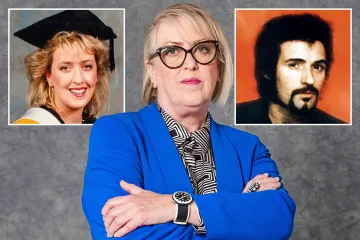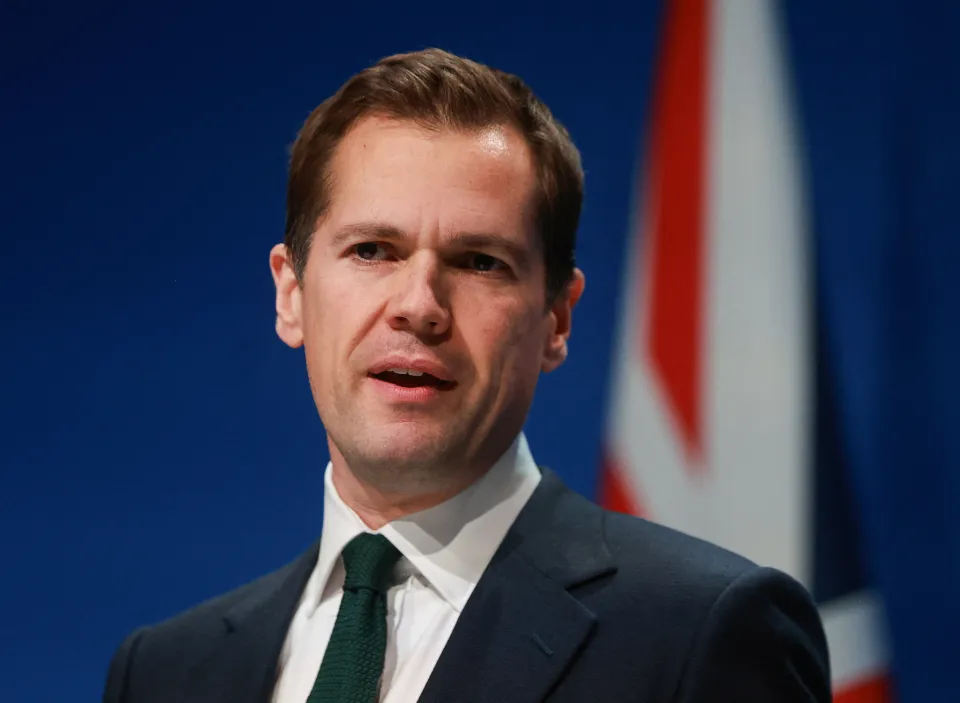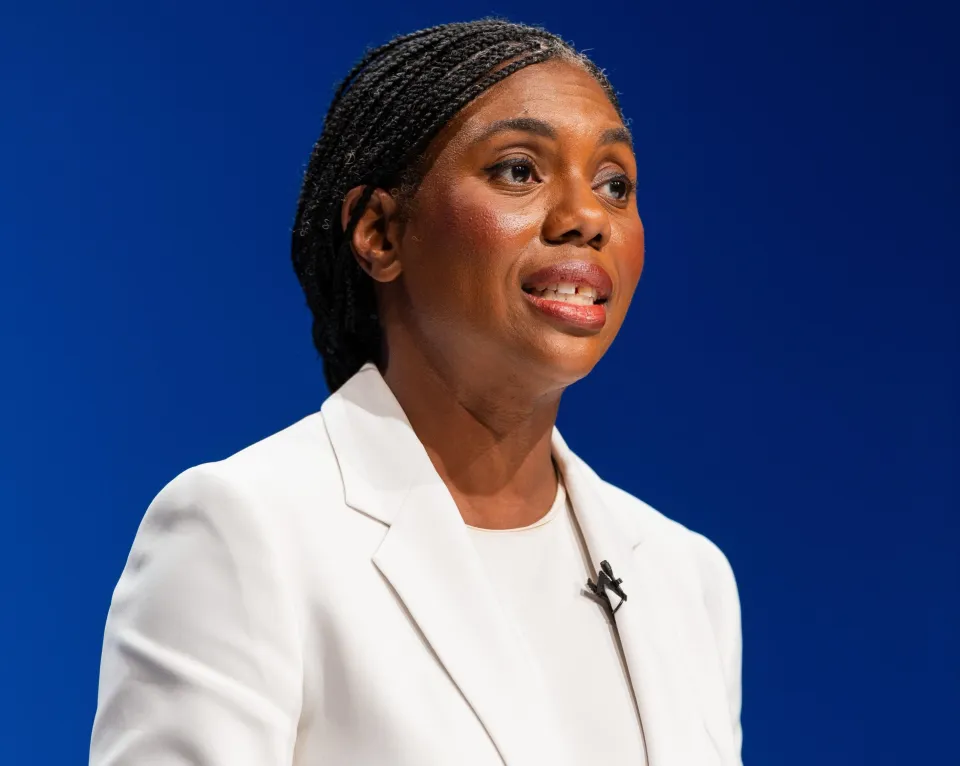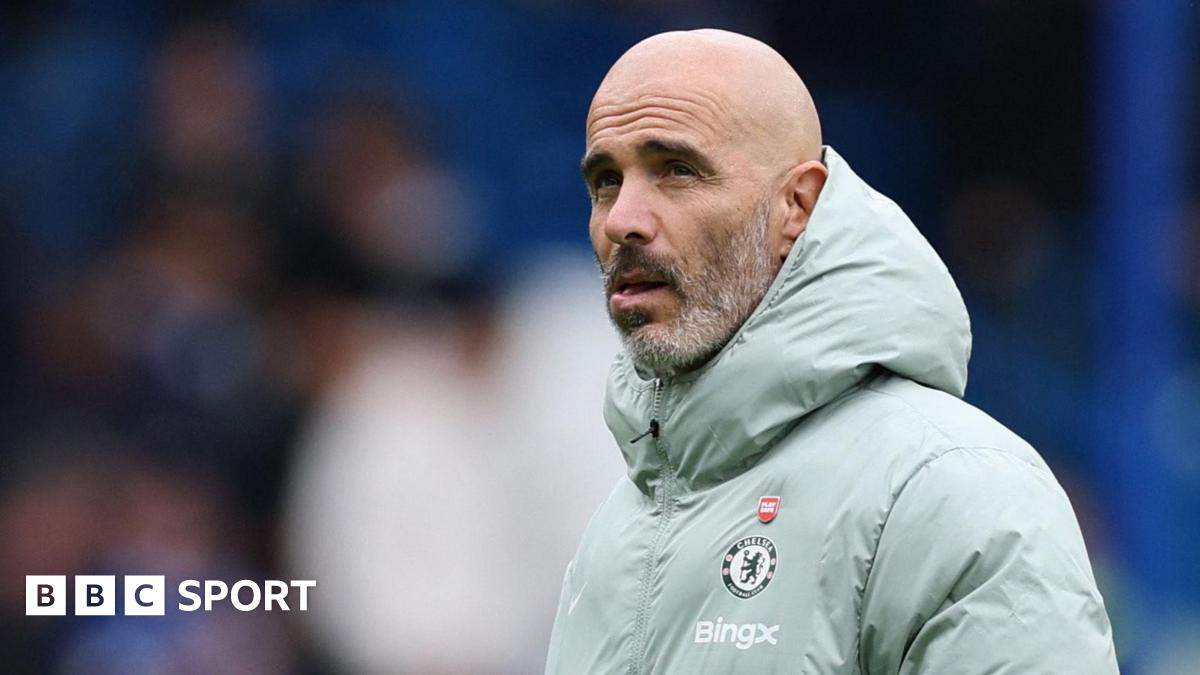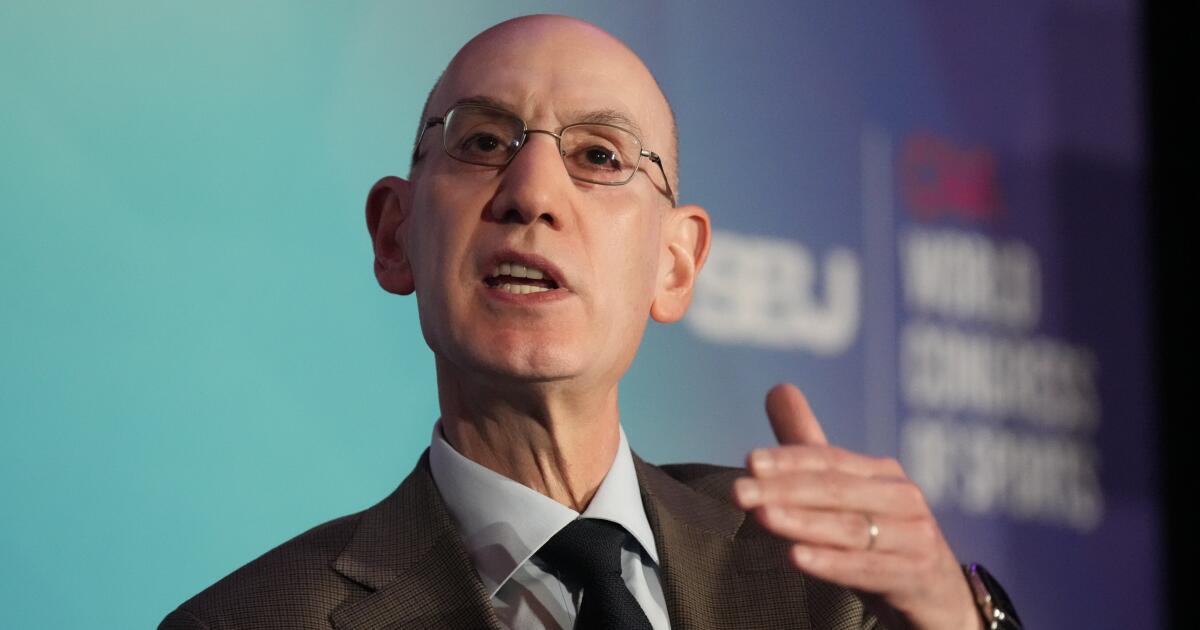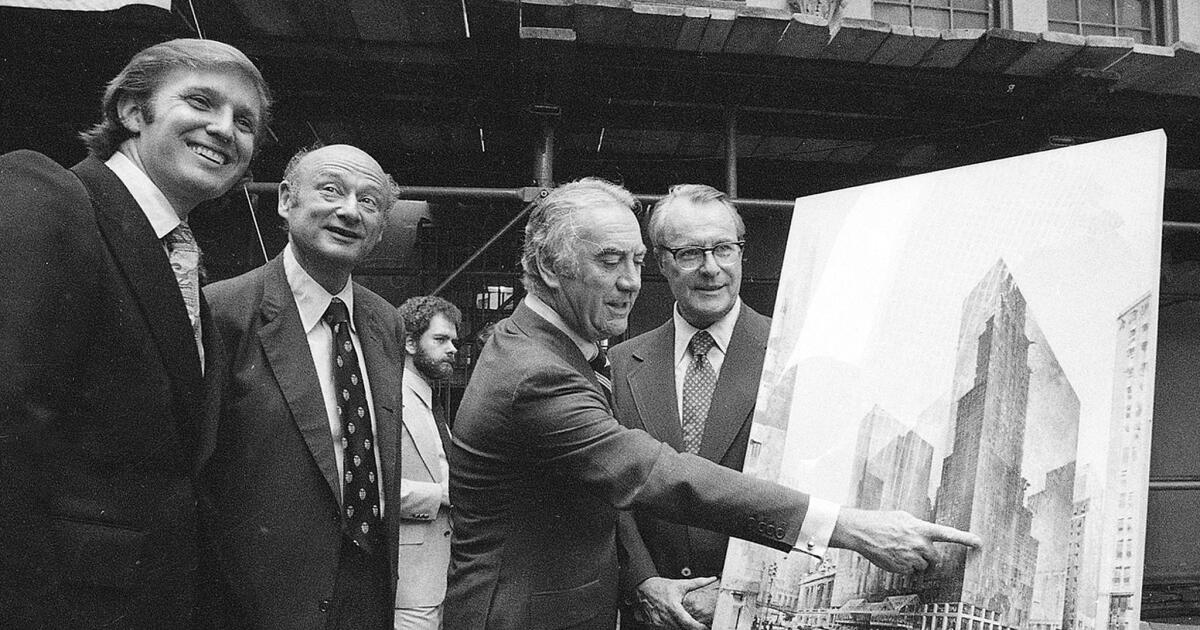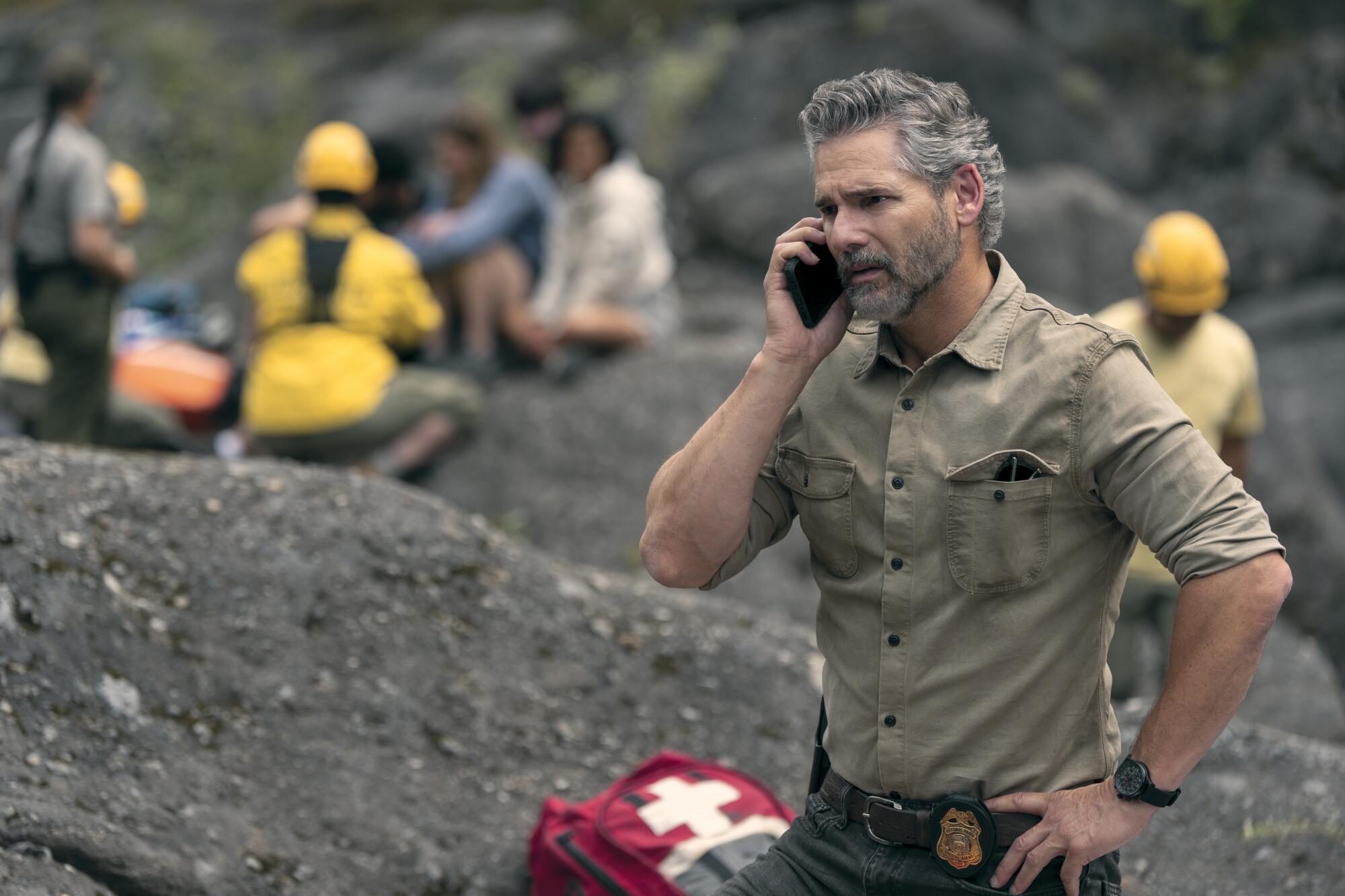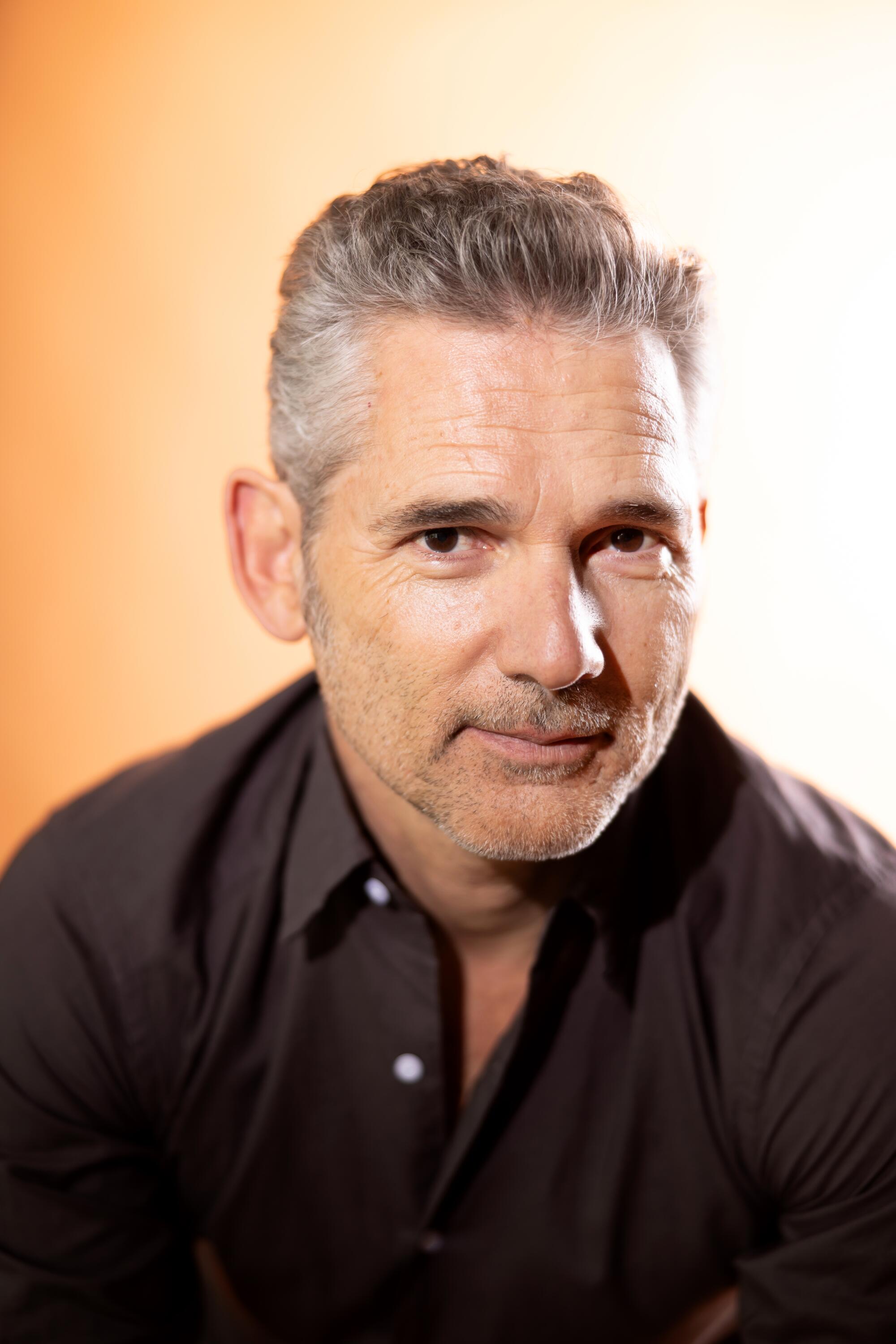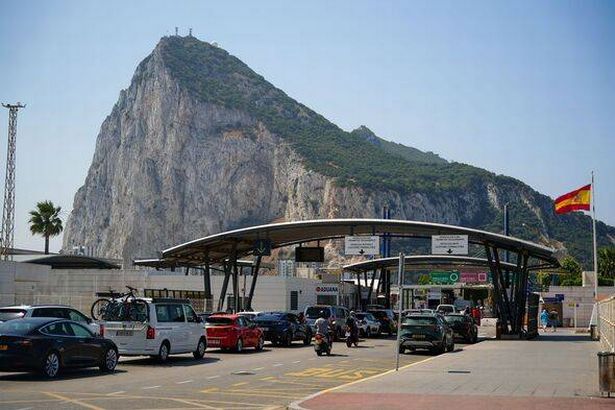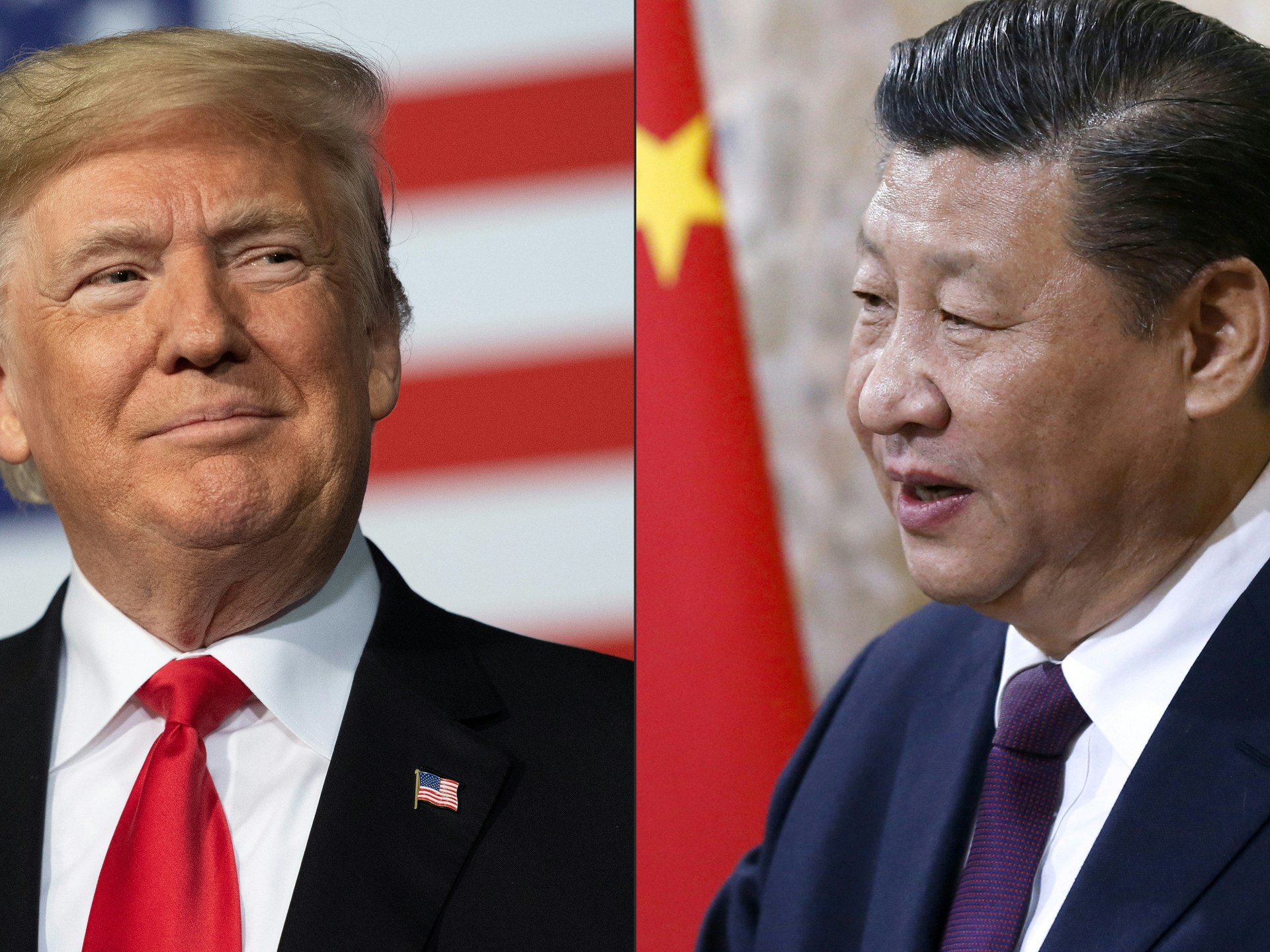Reporting from CINCINNATI — Before he became the king of Atlantic City casinos, before he put his name on steaks or starred on reality television, Donald Trump served his own apprenticeship in the less glamorous family business of renting apartments.
Trump, in his autobiography, recalled learning valuable lessons from his father, Fred: Hunt for bargains. Chase out deadbeats. Spend some money on paint and polish.
Some alleged there was another part to the Trump formula: Make it tough for black people to move in.
In two court cases, built on evidence gathered from frustrated black apartment-seekers, housing activists and former employees, Fred, and, in a later case, Donald Trump faced accusations of systematic discrimination against African Americans, cases that the Trumps ultimately settled without admitting any wrongdoing.
Some would-be tenants were turned away at a complex in Cincinnati, where Donald Trump says he got his start as a property manager. And in New York, the allegations led to what was then one of the largest housing discrimination lawsuits filed by the federal government.
More than 1,000 pages of documents in the two cases in Cincinnati and New York, reviewed by the Los Angeles Times, demonstrate how accusations of racial discrimination dogged the family business from the earliest days of Donald Trump’s career. And they illustrate how young Trump, faced with an early crisis, responded aggressively to charges of bias.
Since he began his run for president more than a year ago, Trump has frequently been criticized for trading in racially tinged appeals, describing some Mexican immigrants as rapists and questioning whether a federal judge’s Mexican heritage made him incapable of being fair to Trump.
He angered some Native Americans by attacking a U.S. senator as “Pocahontas” and spurring supporters into sarcastic war whoops. Most recently, he criticized the parents of a fallen soldier, suggesting their Muslim beliefs forbade his mother from speaking in public after her husband denounced Trump’s call to bar Muslims from entering the country.
Hillary Clinton recently began using the discrimination cases in attacks on Trump. Introducing her running mate, Sen. Tim Kaine, recently in Miami, she said, “While Tim was taking on housing discrimination and homelessness, Donald Trump was denying apartments to people who were African American.”
The Trump campaign did not respond to requests for comment for this story. Trump once called the federal charges “outrageous lies.”
“I have always tried to see to it that buildings which we own and manage are well-run and that there is equal opportunity for anyone to rent apartments,” he wrote in a 1973 affidavit. “The fact is that our apartments have the same ratio of minority tenants as exists in the community as a whole. Our organization has never discriminated and does not now discriminate.”
Trump’s father once was one of the biggest landlords in New York, with 14,000 units in 39 buildings, mostly in Brooklyn and Queens. Folk singer Woody Guthrie lived in one of Fred Trump’s Brooklyn projects when Donald was a toddler, and reworked his song “I Ain’t Got No Home” into a protest against the complex’s exclusionary policies:
We all are crazy fools
As long as race hate rules!
No no no! Old Man Trump!
Beach Haven ain’t my home!
At a foreclosure auction in 1964, Fred Trump bought Swifton Village, a half-empty complex that was the largest in Cincinnati. Donald Trump was just a high school senior in a military academy, but assumed increasing responsibility in managing the complex through college and business school.
In his book “The Art of the Deal,” Trump described Swifton Village as his “first big deal.” He recounted, in a chapter titled “The Cincinnati Kid,” booting poor, nonpaying tenants who had “come down from the hills of Kentucky” with “seven or eight children, almost no possessions.”
His experience in Cincinnati “gave [him] a lot of confidence,” Trump said recently at an Ohio rally.
Swifton Village had a reputation as a white complex, said Carol Coaston, now 72, who began working at a Cincinnati fair housing agency, Housing Opportunities Made Equal, around the time the suit was filed. That fall, just two or three apartments out of 1,167 in the complex were rented to black families, Fred Trump’s lawyer told a judge.
“You just kind of, growing up here, knew certain areas where discrimination occurred or you didn’t feel welcome,” Coaston said.
As the Trumps worked to upgrade Swifton Village, they employed a racial quota system and turned away black applicants, according to a lawsuit filed against Fred Trump’s company in 1969, a year after the Fair Housing Act became law. Donald Trump was not named in the complaint.
According to records from the suit and in housing agency files, a young black couple named Haywood and Rennell Cash spent four and a half months trying to rent an apartment, without success. They had two young children and were desperate to find an apartment close to Haywood’s job at General Electric and leave his mother’s crowded house. Haywood Cash said an agent took his $83 deposit, but he was repeatedly told no vacancies existed and “they couldn’t predict any.” Other African Americans were given similar explanations.
Days after the Cashes’ last inquiry, a white woman and a man posing as apartment seekers were told an apartment was available immediately and given a break on income requirements. “She urged that we get over there quick with a deposit to hold it,” wrote the woman, Margaret Faye Boyar, in a statement in the housing agency’s records.
Boyar went to the complex with Haywood Cash. When she said she did not want the apartment, but was instead helping the Cashes, the property manager “jumped out of his chair,” told Boyar to “get the hell out,” and used a racial slur, according to the lawsuit. He “began screaming at me, saying that what I was doing was ‘fraud’ and that ‘neither you nor Mr. Cash can have any damn apartment,’” she wrote.
Fred Trump’s attorneys, while denying any discrimination, tried at first to have the suit moved to the Ohio Civil Rights Commission, which could have delayed the Cashes’ claim by a year, according to the renters’ lawyer. But eventually, Fred Trump agreed to rent them an apartment and an appeals court dismissed the agency’s effort to expand the case into a class-action suit.
“Their vetting operation consisted of looking at what color your skin was,” said Gwenda Blair, who wrote a history of the family’s real estate empire. “It’s certainly a one-step process.”
The New York case, filed by civil rights lawyers from the Justice Department in 1973, generated front-page headlines. The complaint alleged that the Trump company used various tactics to discriminate, including falsely claiming a lack of vacancies and requiring stiffer rental terms. The case included allegations of discrimination at at least 17 Trump properties in New York and two in Norfolk, Va.
One of those people who said they were turned away was a then-31-year-old law student from Jamaica.
“I liked the setting, I liked the view, I liked the apartment,” said the woman, Henrietta Davis, now 75. “I am a person who believes that I have an equal right to do anything I want.”
She said she visited the Brooklyn complex and was told a place was available. When she called back the next day to plan her move, she was told no apartment was available after all.
“It was very obvious,” she said. Davis said the agent encouraged her to apply at another, integrated Trump building, adding that a black judge had recently rented there. Davis said she filed a complaint with a housing agency and moved on.
“Look, it’s against the law,” she said. “They were not supposed to have been discriminating, and they discriminated, and they had to face the consequences.”
The court case included allegations from whites sent by the Urban League to pose as renters, who were offered apartments while blacks were turned away, and statements from at least 10 people who worked for the company and described tactics used to discourage black applicants. One doorman reported to investigators that he was told to tell black visitors that no apartments were available; a building superintendent in Queens said he was told to attach a paper to applications from blacks with a letter “C,” for “colored.” He said he was afraid the Trumps would have him “knocked off” if he talked. Another employee said he used the code “number 9” to flag black applicants.
By that time, 1973, Donald Trump was president of Trump Management. Instead of settling the case, he hired lawyer Roy Cohn, who had been a prominent aide to Sen. Joseph McCarthy during the anti-communist hunts of the 1950s. Cohn launched an aggressive counterattack.
Trump and Cohn denounced the civil rights lawyers at a news conference, and Trump had Cohn file a counter-suit, claiming $100 million in damages to his reputation; it was dismissed. Cohn kept the government busy with procedural protests, and obtained affidavits from some witnesses — including the Queens superintendent — recanting their statements and claiming that they had been threatened. One said the government lawyers had engaged in “Gestapo tactics.”
After two years of wrangling, the complaint was resolved with a consent agreement in which Fred and Donald Trump agreed not to discriminate, to send a list of vacancies to the Urban League and to advertise that their apartments were open to all. At one point, Fred and Donald Trump haggled over the fine points of the ad requirements before a judge.
“We were not convicted. We would win this case if we fought it,” Fred Trump said.
“Don’t be too sure of that,” said the judge, according to a transcript of the hearing.
Three years after the settlement, the Justice Department reopened the case, charging that the company was using the same tactics to chase away black tenants, saying that “racially discriminatory conduct by Trump agents” was occurring frequently. Court records do not indicate how the second court action was resolved.
Blair, the author, said that the experience in fighting the New York charges helped to forge Trump’s brash, confrontational style — even when facing serious charges of racial bias.
“His whole winning formula is to always be unpredictable,” she said. “You don’t know what he’s going to say, except that he’s going to kick somebody in the shins.”
Tanfani and Bierman reported from Washington. Times staff writer Michael A. Memoli in Cincinnati contributed to this report.
Twitter: @jtanfani, @noahbierman
ALSO
Many blue-collar whites, key to Trump, criticize poor people as lazy and content to stay on welfare
Paul Manafort has guided dictators and strongmen, but can he manage Donald Trump?
Clintons made $10.6 million last year, tax return shows, as Donald Trump is pressed to release his own



